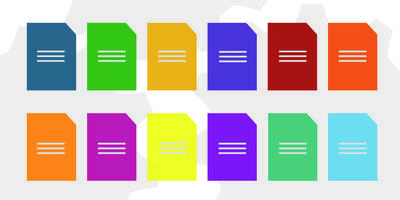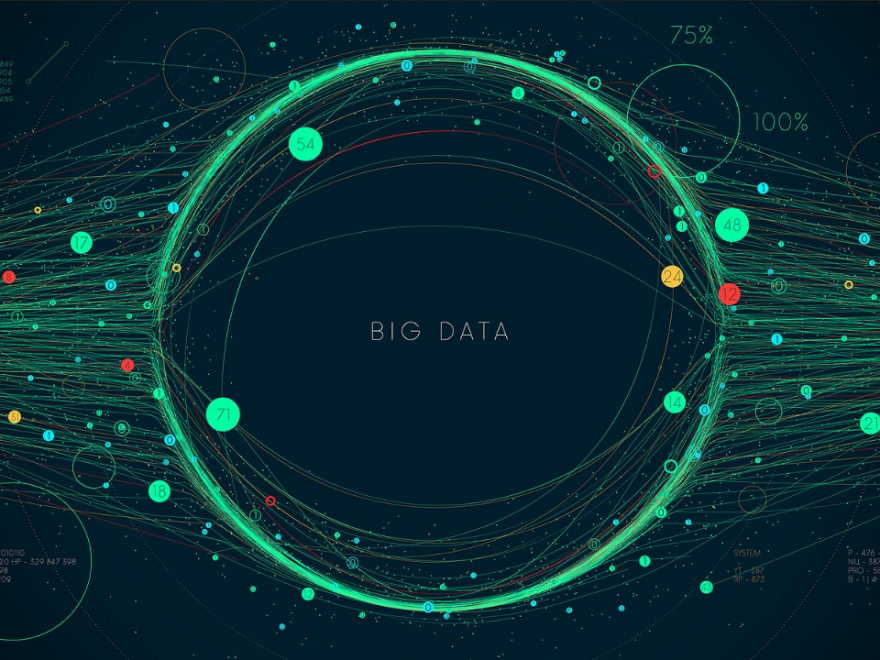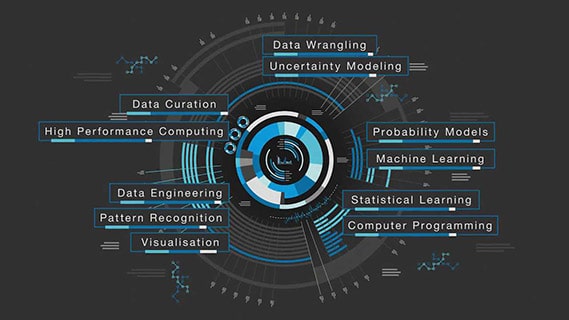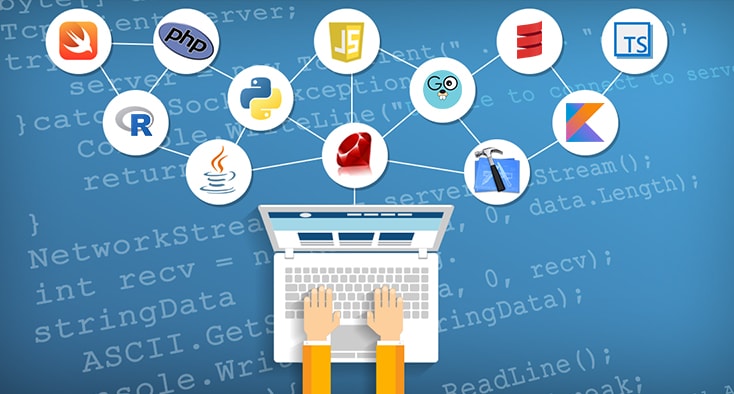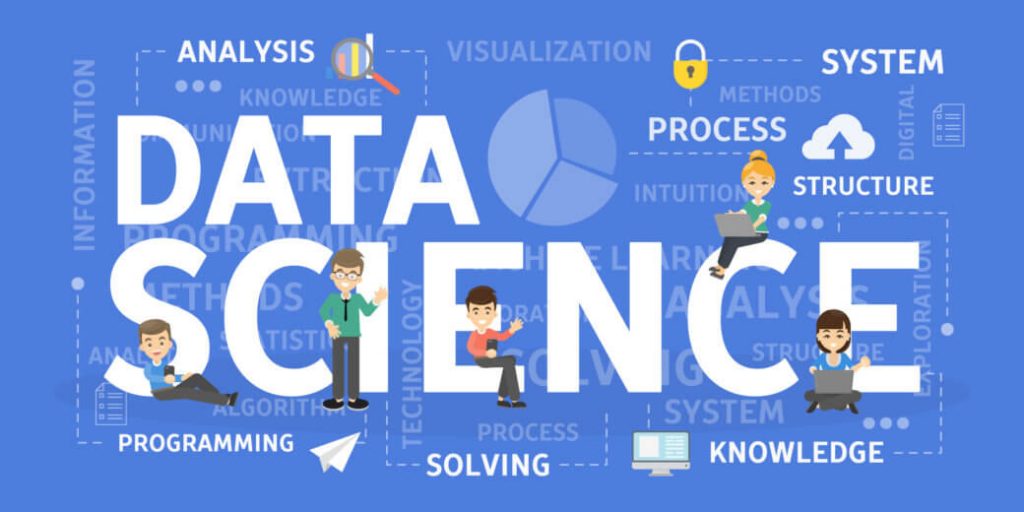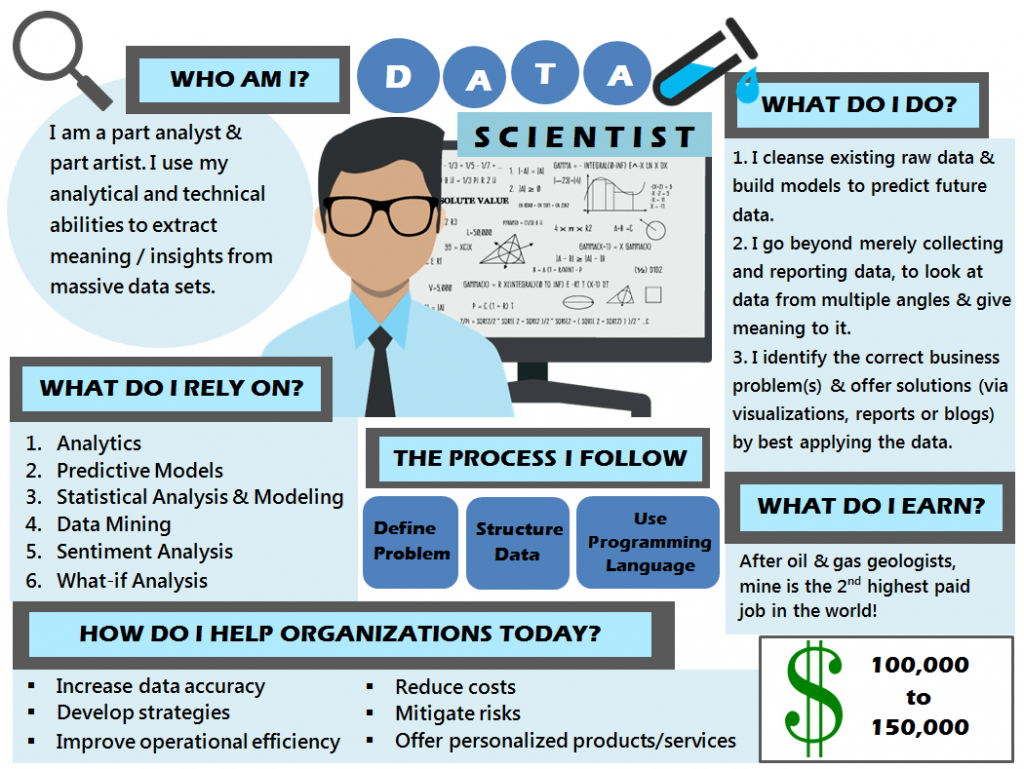
Ever wondered what it takes to become a data scientist? Well, becoming a data scientist is actually the dream of many young people in our century. The truth however is that becoming a successful data scientist is not as easy as it sounds in theory. There is definitely more to the title than most of the people would imagine. The field of data science and the interest of people and companies in data and the ability to leverage information to increase profits and improve operations only continues to grow. Not just in the private sector either, data science is utilized heavily in the public space when it comes to public health, housing, and almost anything you can think of. Everyone from large social media conglomerates to adult entertainment companies are looking to capitalize on data they obtain. For example, a well known adult hookup app known as MNF App gained new users for their meet and fuck games by analyzing data from other large adult dating companies in order to target people that were more likely to seek casual sex and new fuck buddies. By piggybacking off of the success of other adult dating platforms they were able to become direct competitors with them. This is just one example of how companies and industries you might not expect are utilizing data and data science to their advantage.
All this to say that data scientists are in high demand and the demand will only continue to grow as more and more people, companies, and organizations look to capitalize on information. The following are the steps through which one gets to thrive and at the same time stand out in the field of data science.
Personal Evaluation
This ought to start even before one makes any huge financial investments in the area such as going to school. One could familiarize themselves with data science related stuff. For instance, perusing through a number of educational materials from the data science field, getting acquainted to some of the tasks they perform, or even getting to interact with a number of people in that field. This gives one a feeling on what it feels like to be a data scientist. This will go a long way to help one decide whether this is indeed the path they would like to take.
Work On the Academic Qualifications Required
Kick off on the basic education path towards becoming a data scientist. This involves choosing the right school to attend for an undergraduate degree. This is the starting point of the amazing journey. The education path may also cover even the masters’ period. It is at this point where one is ready to choose an area of specialization. The catch with this approach is that one gets to focus their energy and efforts to that particular area. This will enable one to learn as much as they can and be the best in a particular area of focus. Remember it is not just about becoming like any other data scientist, but becoming a great data scientist.
Put Your Education To Work
This only means get out and exercise the skills learnt at school. At this point, one needs to go for the jobs that fall within their area of expertise as well as their qualifications. This way, one is able to work on an area that they are conversant with. This enables one give their best and boosts their morale. Keep working and loving what you do. This is the best way, to keep increasing the experience and knowledge in a particular field of choice. At the same time, one gets to build their name and portfolio while boosting their skills in the area.
Here is a great video that sums up and adds to some of the points already discussed:
Keep Learning
In as much as one is done with the academics bit, learning never stops. Everyday something new is comes up. Keep learning through books, the internet as well as from other data scientists. This will keep one at par with the emerging trends in their area of specialization. It further gives an upper hand when it comes to meeting the needs of the industry as one is well informed. All of these make one well equipped to handle tasks hand over to them while at the course of duty.…
Continue reading
